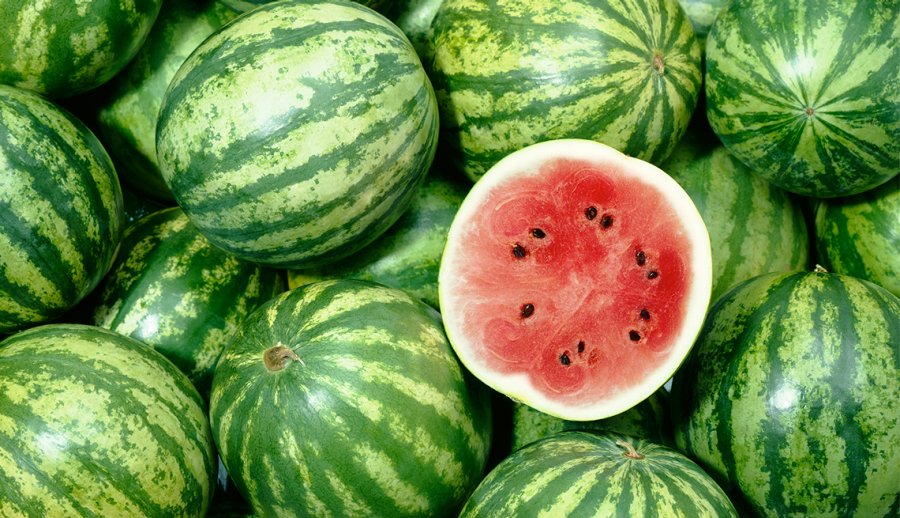In this article, I shall be looking at watermelon farming. Watermelons are generally referred to as a fruit plant. Watermelons have numerous health benefits which are why many people love them. I recently did an article on cucumber farming; watermelons are actually more sought after than cucumbers. They are particularly great for hydration of the human body since they are roughly 92 per cent water. Antioxidants and amino acids are richly found in them. There are several varieties to choose from too. Some of the common varieties in Zimbabwe are Sugar Baby and Crimson Sweet. Watermelons require prolonged sunlight exposure which means they can be effectively grown in hot regions. The greenhouse farming approach can still be used for even stellar results.
Approaches
Propagation of watermelons can be done through either seeds or seedlings. Seeds would entail sowing directly into the field. The rationale for seedlings is always premised on it shortening the turnaround period. However, there are demerits of using seedlings since where you got them from might have a different soil profile and weather from where you intend to grow them. Starting with seeds means there is no transplanting needed later on which can compromise the plants. It is up to you based on your discretion which approaches you will take. Whichever the case is, you must ensure you source from reputable sources. In some places, they even practise grafting as a watermelon cultivation approach.
Key Requirements
One of the primary requirements is land of course. Mechanical or handheld implements will be required for land preparation. For instance, ploughing and harrowing are indispensable components of that process.
There are obviously chemical requirements in the form of fertilizers, pesticides, herbicides, and so on. Fertilizers required can be 300 kilograms of Compound C and 200 kilograms of AN per hectare. Some of the menacing pests are cutworms, red spider mites, whiteflies, and aphids whereas some of the common diseases are Downey mildew, powdery mildew, damping off, and charcoal rot.
You will also need a reliable water source for irrigation – drip irrigation can actually do. This is because watermelons do not need that much water. Just after planting watering can be done 2 times a week whereas thereafter it can be done fortnightly.
Human Capital
This usually depends on the scale of production but several hands will definitely be needed. For instance, you find that during the growth phases, pruning will be needed. This is usually done to get rid of poor water fruits e.g. those that are diseased, stunted, or poorly shaped, just to mention a few. Processes such as weed control might need to be done manually.
Financial Capital
Cost of production can be around US$2500 or so per hectare – it varies depending on a lot of factors though. There are numerous components needed for this business and that is why a substantial amount of money will be needed.
Market
The market is widespread because people love watermelons. You can choose to niche or you can just cater for the whole spectrum. Bear in mind also that you can target the export market.
Important Things To Consider
Your choice of land must be guided by sunlight exposure dynamics. Watermelons need as many as 8 hours of direct sunlight per day. They do well in sandy loam soil; the soil must be well-drained. Watermelons thrive in hot or warm weather – cold weather can cause serious damage. Average temperatures ranging from 18 to 35 degrees Celsius are optimum for farming watermelons. Temperatures outside that range can inhibit proper development of the fruit crop.
Here is a little secret when it comes to getting significantly big watermelons: you leave at most just 3 melons (per plant) when you do the pruning. This will optimize their growth as opposed to having several of them per plant. It is also advised that there be bees present for pollination purposes. Anything between 2 and 6 hives per hectare would do. Planting watermelons between June and August is recommended for low veld areas. As for any other place in Zimbabwe you can plant between August and October.
Watermelons take on average just 3 months to reach maturity. This is a great attribute which allows you to have several batches in one year – as many as 3. The possible yields depend on the variety in question but yields upwards of 70 tonnes per hectare are attainable. Between 4000 and 8000 plants per hectare are advisable. Supposing you prune and leave 3 melons per plant that will be a relative yield of between 12000 and 24000 melons per hectare. One watermelon can sell for on average US$0.50. Relatively that will be US$6000 to US$12000 gross revenue per hectare.









i need your help with a business proposal for 1 acre of watermelon production
Hello Edson, thanks for the request. For all business plan-related questions you can contact Kudzai on +263 77 879 8072
I need help for watermelon I have planted 1 Hector in region 2 at 1week now
Hello Moreblessing. What kind of help do you need?
Good day please kindly assist, I transplanted Tomatoes four weeks ago what can I apply now after applying Manure, Compound C, AN etc (sorry to off track from Melons)
All detailed information is contained in the Tomato business plan
https://startupbiz.co.zw/product/tomato-farming-business-plan/